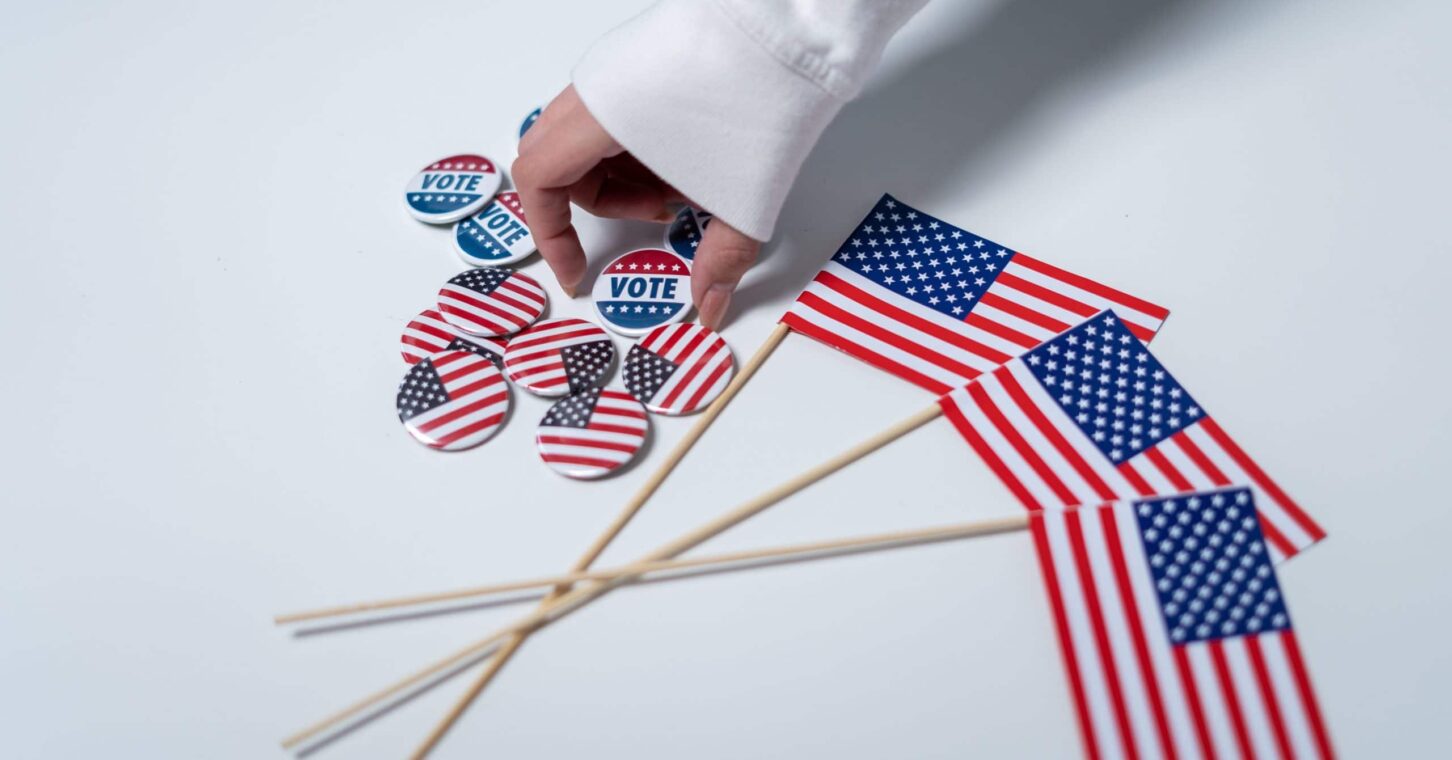
Georgia’s primary election is next week, but I’m guilty of looking ahead. Not to November, but all the way ahead to 2024.
Many Americans view our politics as becoming more extreme on both sides of the aisle, and the presidential nominating process could be a reason why. Some think the gauntlet of primaries (and caucuses) that cater to each side’s most passionate partisans results in less moderate nominees.
Perhaps. Our long, drawn-out primary seasons are more customary than statutory, and they’ve been customary for a relatively short amount of time – just the past half-century or so.
That said, what would replace primaries? We aren’t going back to smoke-filled rooms.
So I was intrigued when a politically astute friend called recently with an idea to reshuffle the primary system. That idea? Change the order in which states hold their primaries, allowing the states with the thinnest margins in the previous presidential election to go first.
After all, one of the many complaints about the primary system concerns which states traditionally kick things off: Iowa, New Hampshire, South Carolina and, to a lesser extent, Nevada. Winning even one or two of them can give a candidate the momentum needed to become the nominee. But those particular states may not be terribly representative of the nation as a whole.
Consider demographics. Both Iowa and New Hampshire, traditionally the very first states to hold a primary or caucus during each cycle, are among the six whitest states in the union: 93.7% and 91.2% white, respectively. That puts them highly out of step with modern Democratic Party demographics. Yet, only one Democrat since the advent of the modern primary system in 1976 has won the nomination without winning either or both states – Bill Clinton surged to second place in New Hampshire in 1992, giving his campaign a big boost.
Similarly, every non-incumbent Republican who won the nomination has won either Iowa or New Hampshire. That track record demonstrates the momentum early states offer.
But political parties want a nominee who can win in November. Only one non-incumbent Republican winner in Iowa, and only two Democrats, have gone on to win the presidency. New Hampshire isn’t much better: one non-incumbent Democrat and three Republicans. Maybe that simply underscores the power of incumbency, or maybe it reveals a weakness in the system.
Enter the idea of reordering the primaries every four years. Under such a system, the first four states out of the chute in 2024 would be Georgia, Arizona, Wisconsin and Pennsylvania. That’s a geographically diverse set of states that, as with the usual quartet, would demonstrate something about candidates’ broad appeal to voters. Unlike Iowa, New Hampshire and the rest, they would have more heft in terms of delegates – though not as many as states like California and Texas.
Speaking of those two, here was one of my friend’s key points: Shouldn’t California Democrats and Texas Republicans want to see which candidates perform well in more purplish states? They do actually want to win the presidency, right?
There could be other ways to determine the first four. One would be ensuring geographic diversity by having the state with the closest margins from each of four regions (the closest states aren’t always as well-distanced as they were in 2020). Another would be to pick the two closest states won by the Republican candidate in the previous election, as well as the two closest won by the Democrat.
The idea isn’t without its flaws. For example, the very states bound to get the most attention at the end of the race would also get more at the beginning. That might not appeal to people in other parts of the country – or to people in those closely fought states, either. As Georgians learned two years ago, that attention can be suffocating.
Either way, the beauty of our electoral system is that it has room for innovation within certain parameters. This may be one way to experiment.